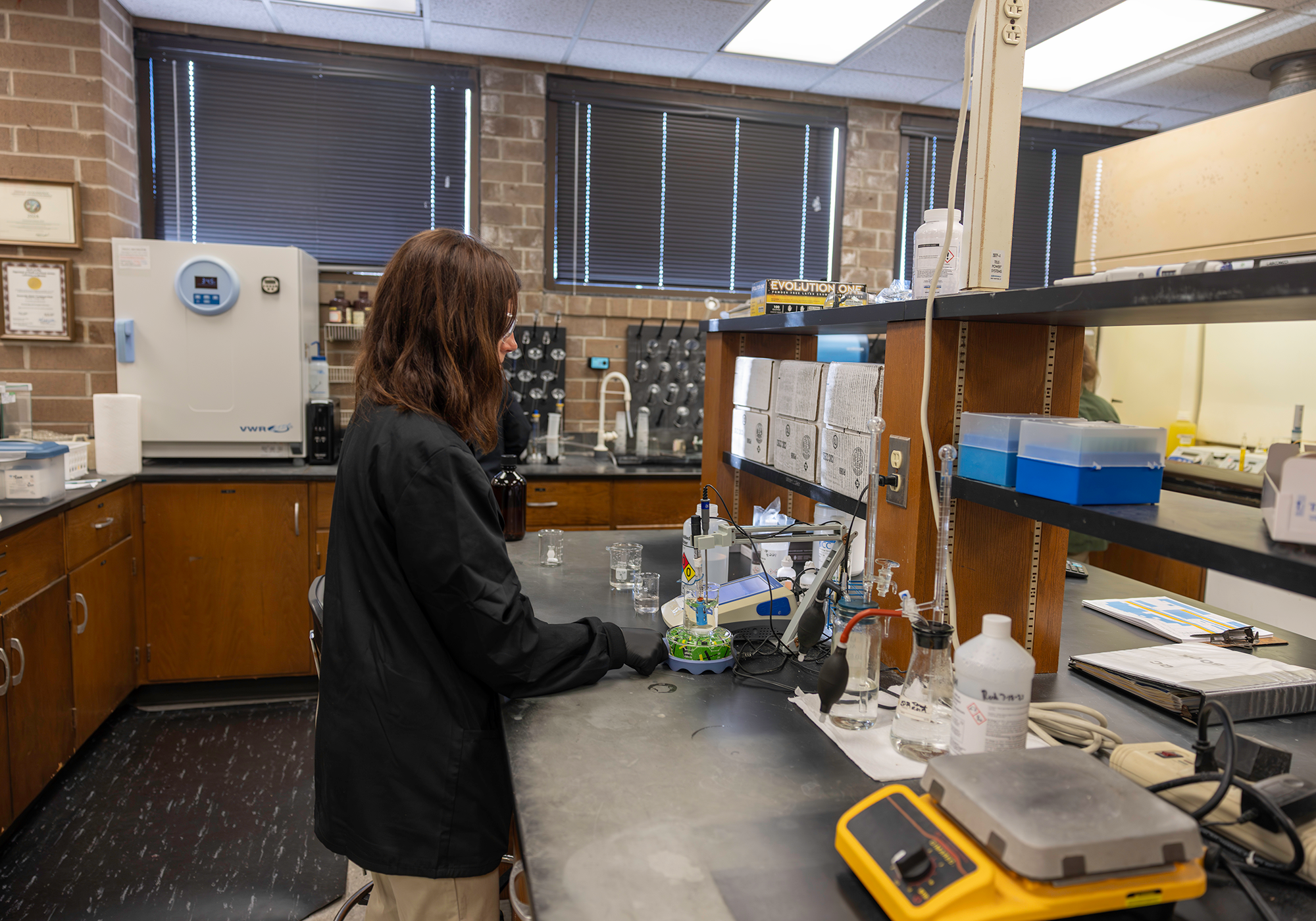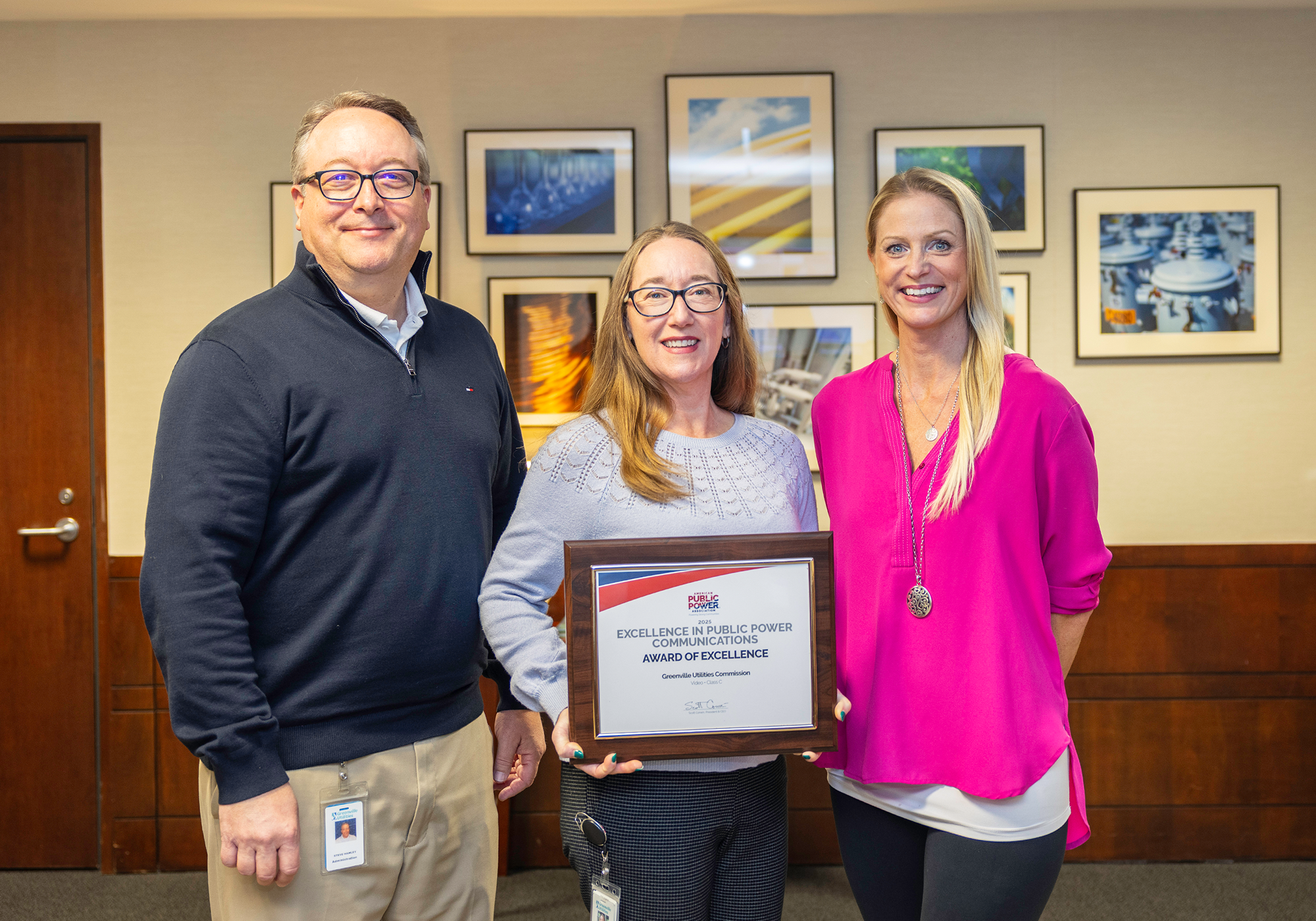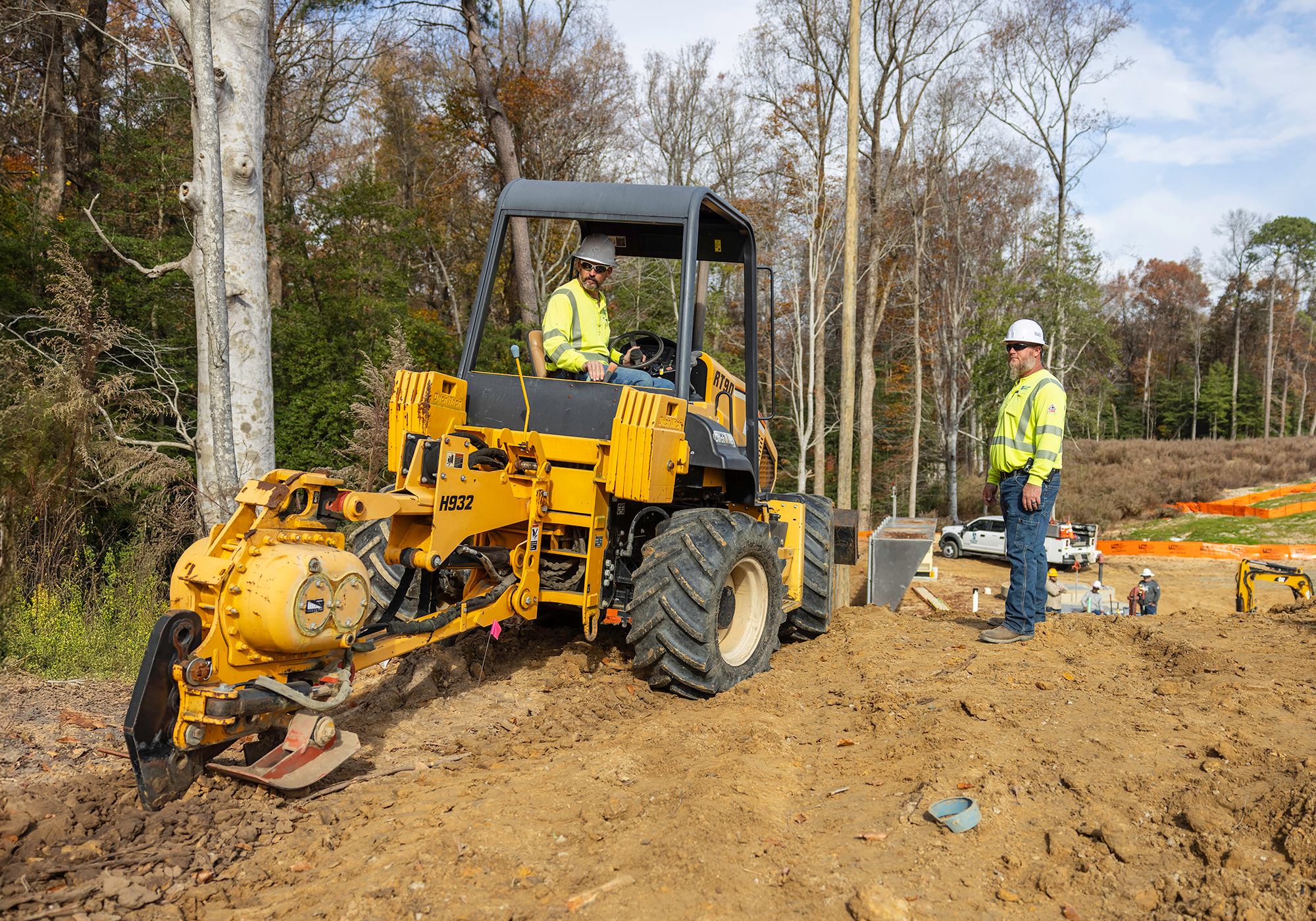
It's been hot lately. Very hot. According to the State Climate Office of North Carolina, the statewide temperature average during the first six months of the year is ranked as the 4th-warmest first half of the year since 1895. The only warmer years to this point were in 2012, 1990, and 1949. Don't look for much relief the rest of the year. The Climate Prediction Center's outlook for North Carolina this fall is that above-normal temperatures are likely, which could make 2017 one of our warmest years ever.
With this in mind, it's important to keep heat-related illness and injury prevention in the forefront of our lives both at work and home. Occupational Health Clinic Nurse Sonia Pickens has been sharing summer safety information with crews during safety meetings. She shared the heat-related information with us as well to pass along in Spotlight.
Heat-Related Illnesses
Working in high air temperatures, high humidity, direct sunlight, and near radiant heat sources while doing strenuous physical activities can result in heat-related illnesses and injuries. The body normally cools itself by sweating, but during hot weather, sweating isn't enough. The body temperature can rise to dangerous levels and if precautions are not taken, heat stroke, heat exhaustion, or heat cramps can result.
Heat can also increase the risk of other injuries in workers because of sweaty palms, fogged-up safety glasses, and dizziness. Burns may also occur as a result of accidental contact with hot surfaces or steam. It is important to remember that heat-related illnesses and injuries are preventable by taking the following precautions:
- Know your risks. Workers at greater risk include those who are 65 or older, are overweight, have heart disease or high blood pressure, or take medications that may be affected by extreme heat. These employees should take extra precautions when working in high temperatures.
- Drink water often, about 1 cup every 15-20 minutes.
- Rest by taking frequent breaks in the shade or air conditioning.
- Wear light colored, loose fitting, light weight clothing when possible.
- Gradually build up to heavy work in the first 2 weeks of hot conditions by progressively working longer periods. This allows the body to build up tolerance to the heat.
Acting Quickly Saves Lives
Look out for the symptoms of heat illnesses in yourself and others during hot weather. Acting quickly can save lives, so plan for an emergency and know what to do.
Less severe symptoms can include:
- Muscle pains (usually in the abdomen, arms, or legs)
- Muscle spasms (usually in the abdomen, arms, or legs)
First aid for less severe symptoms:
- Stop all activity and sit in a cool place.
- Drink clear juice or sports beverages.
- Wait a few hours after cramps subside before further exertion.
- Seek medical attention at the GUC Clinic if the worker has heart problems or if cramps do not subside within an hour.
Severe symptoms can include:
- Hot, dry skin or profuse sweating
- Extreme weakness or fatigue
- Pale or flushed complexion
- Fast/shallow breathing
- Hallucinations
- Chills
- Throbbing headache
- High body temperature
- Confusion or slurred speech
- Dizziness
- Nausea
- Rapid strong pulse
- Unconsciousness
First aid for severe symptoms:
- Call 911 and GUC's Station 1 at 329-2288.
- Move the victim to a cool, shaded area.
- Fan victim vigorously.
- Soak victim's clothes with cool water.
- Do not give victim fluid to drink.
- Turn victim on his or her side.
On extremely hot days, you'll notice coolers (pictured above) stocked with Gatorade and water at Stores. Human Resources and Stores work together to ensure that crews have a little extra help in combating the temperatures.






